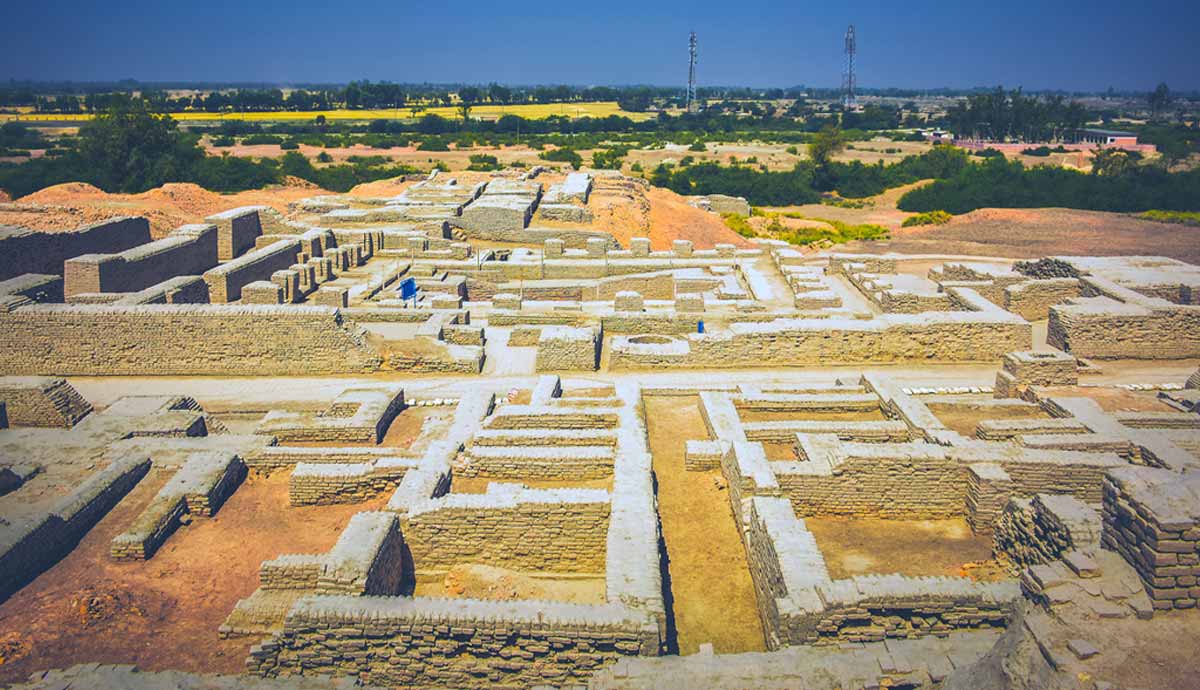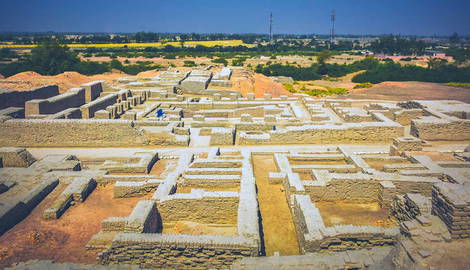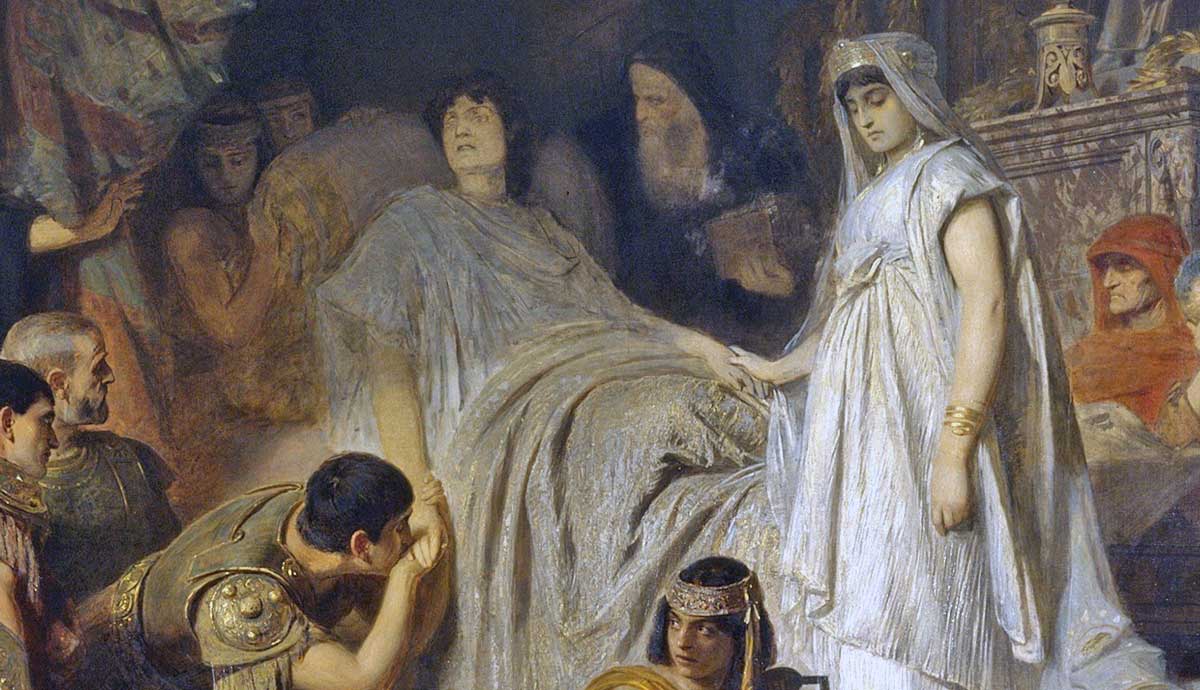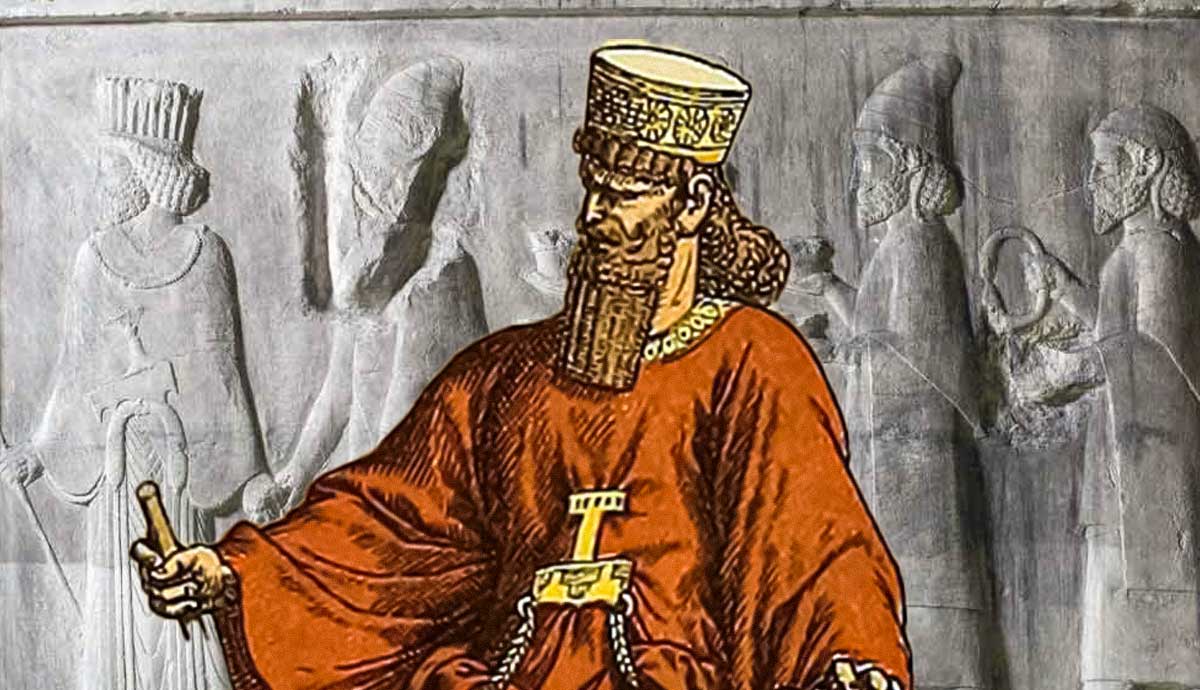
Lost beneath Pakistan and India’s plains, the Indus—or Harappan—Civilization flourished between 2700-1900 BCE, building the ancient world’s biggest cities long before we even knew they existed. Unearthed only in 1924, these sites reveal no sprawling palaces, temples or writings, but neat brick grids laced with sewers, wells, and stout citadels. The evidence points to a surprisingly egalitarian, trade-driven culture that invested in public comforts and largely sidestepped war.
The Rise of the Indus Valley Civilization

The Indus Valley Civilization started in the fertile valley of the Indus River which ran from the Himalayas to the Indian Ocean. The area’s fertile soil and climate enabled the population to grow and led to the development of an advanced society. Evidence suggests that the people there learned to farm and raise animals around 7000 BCE. They grew crops such as wheat, bananas, barley, and cotton. It’s unclear whether they learned the crop growing and animal domestication techniques from the Near East or independently. However, by 5000 BCE, the Indus Valley Civilization had some distinct cultural influences from the Sumerian and Egyptian cultures.

It was around 2800 BCE that the Indus Valley Civilization began to expand. The growth led to the creation of many urban centers. The biggest cities such as Mohenjo-daro and Harappa were soon rivaled by other important urban centers such as Ganeriwala, Dholavira, and Rakhigarhi. By 2000 BCE, the civilization had reached its peak and had a large network of cities. Each city appears to have been independent with its own unique political structure. However, all of them seem to have shared a common culture.
The Culture of the Indus River Valley Civilization

Harappa, the largest city in the Indus Civilization, became powerful from about 2600 to 1700 BCE. When it came to architecture, Harappans used similar architectural designs as other Indus cities such as Dholavira and Mohenjo Daro. The cities were well planned and featured wide roads, drains, and public wells.
Moreover, Harappan people regularly used metals such as copper, bronze, gold, and silver in their everyday lives. Bronze and copper were frequently used to make farm tools and utensils. Harappan traders additionally used seals to mark trade deals and as official stamps.

While many questions about the Indus people remain unanswered, many parts of their society have been deciphered through archaeology. There is proof, for example, from archaeological findings that indicates that there was Harappan presence in the Gulf, Mesopotamia, and Oman Peninsula regions. The Harappans also seem to have had links with Central Asia that came about due to their vast maritime trade network that extended from Central Asia to the Middle East.
That said, Harappa still exists today as a village in eastern Punjab.
Factors That Contributed to the Decline of the Civilization

The Indus Valley civilization ended around 1800 BCE and pundits have come up with various theories on why it ended. One prominent theory is that a group of Aryans from Europe invaded and destroyed it. However, some evidence contradicts this idea. Some researchers also believe that big changes in the weather played a significant part in the destruction of the civilization.
Even though it ended, some remnants of the Indus culture can be seen in later groups, indicating that it didn’t just disappear without a trace. From these findings, some experts contend that changes in how the rivers flowed might have split the people into smaller groups. There are also suppositions indicating that changes in the rainy seasons may have affected the civilization’s downfall. While rain in the monsoon season can be helpful, it could also cause tremendous crop damage depending on the intensity, and cause famine.
The Decline of the Indus Valley Civilization

Around 2500 BC, the Indus River Valley Civilization started to weaken as people moved east to the Himalayan region. While in the new area, the populace lived in small farming villages. By 1800 BC, many of the prominent Harappan cities were almost empty. With time, however, even the villages in the Himalayan region started to decline.
Evidence points to a decline in the monsoon rains in the Indus Valley as the main cause of the changes during this time. The dry periods made farming hard. This was because the communities needed monsoon floods to irrigate their crops. The adverse phenomenon also affected the groups that had moved to the Himalayan region which previously had more reliable rainfall. The weather changes are believed to have eventually contributed to the decline of the Indus Civilization.
While weather alone probably didn’t destroy the Indus Civilization on its own, it was likely a major contributor to its downfall, as during that time, Indo-Aryan groups were moving into the area and may have forced the Harappan people to leave.










